Before you start riding on paved roads, if you don’t know the tire size and width of your road bike, take a look at this basic guide to choosing bike tires. You will find the guidelines to determine what size tire you need, when to change tires and how to choose the right inner tube. We’ll talk about clinchers in the first of the four sections of this post, which are as follows:
- Types of casings
- Wire Bead vs Folding Bead
- What is TPI for bike tires and why is it important?
- Most common tire widths
Types of casings
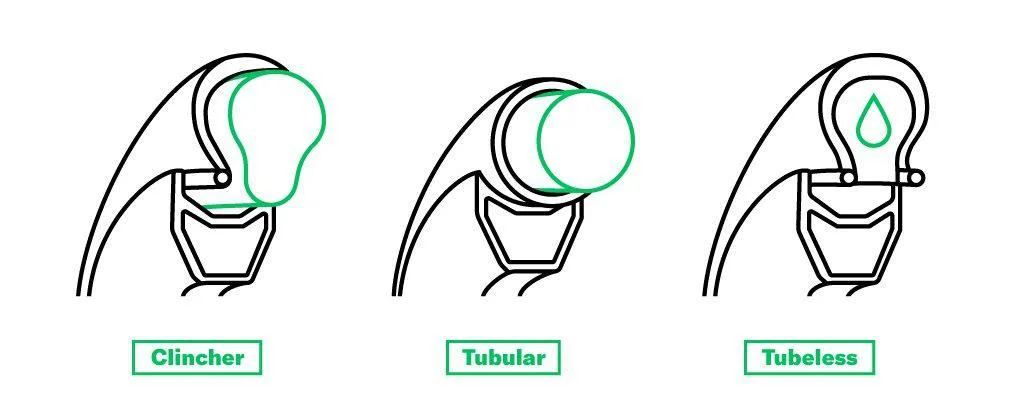
- Clincher. The most common types, although it will likely end up sharing the market with tubeless.
The system is based on a tube between the tire and the rim. When inflated through the valve, the tube presses the tire into the rim, securing the wire bead with the hook of the rim.
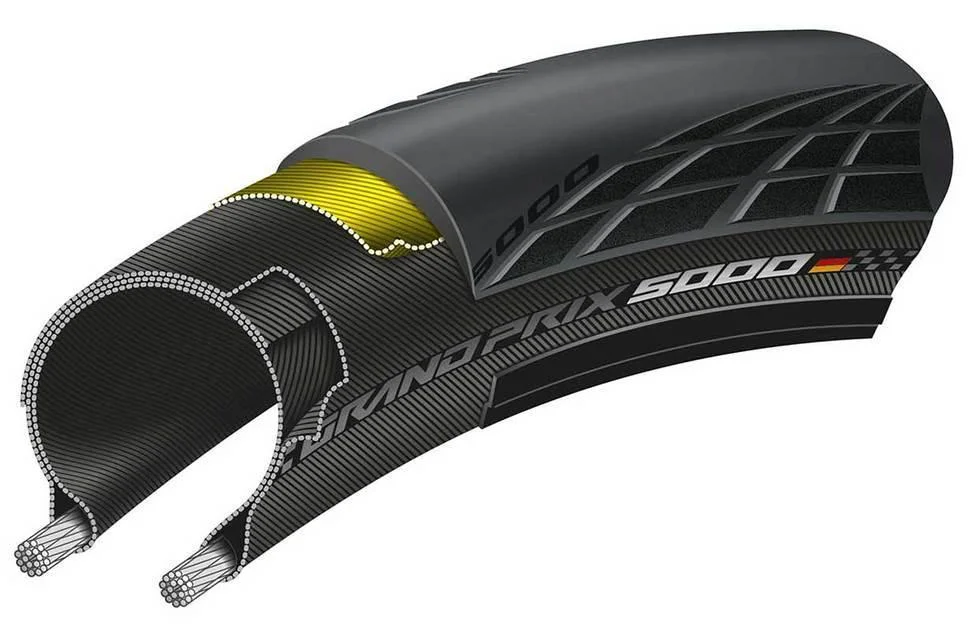
Pros:
- Costs. When you get a flat tire you only need to change or repair the inner tube (don’t forget to carry 2 spare tubes, tire levers and a pump), which saves you money and trouble.
- Easy to install and repair.
Cons:
- You cannot ride at very low tire pressure, for safety reasons and because you can easily get a flat tire.
- Tubular. Not very common on the roads, but widespread among professionals. However, this is changing thanks to better clincher tires/inner tubes and tubeless tires. FYI: Kasper Asgreen won the 2021 Tour of Flanders with tires and tubes, and Sonny Colbrelli won the 2021 Paris-Roubaix equipped with tubeless.
Tubulars also use an inner tube, but it is sewn and enclosed inside the casing of the tire that surrounds it completely. To join the tubular and the rim, glue or adhesive strips (less common) can be used. A specific rim is required.

Pros:
- Lightweight.
- Less rolling resistance.
- Better riding sensation.
- You can ride at very low tire pressure.
Cons:
- Punctures are not easy to fix.
- The installation and adhesion process takes experience.
- Tubeless. Gaining popularity on the roads, both among amateurs and professionals.
The system is very similar to the conventional tire and rim, but without the tube. To retain the air you need a tubeless tire, rim and valve, as well as liquid sealant to seal leaks and punctures.
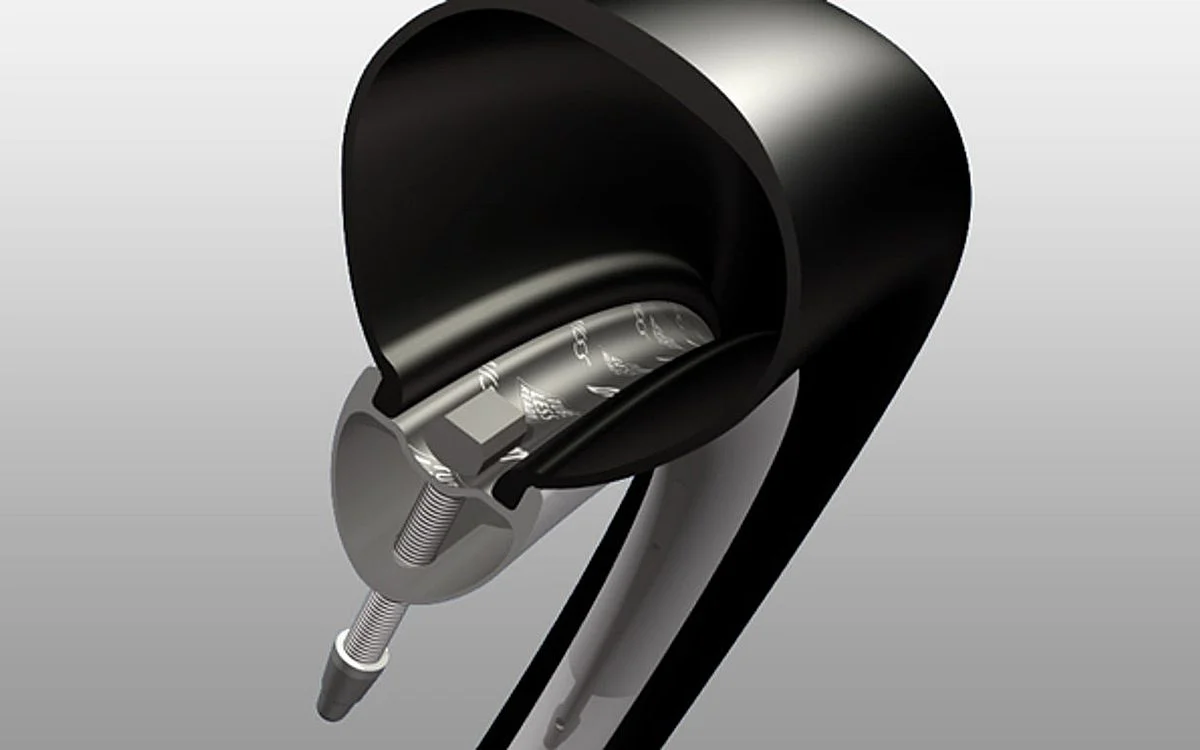
Pros:
- Using less pressure for better traction, control and/or comfort.
- Lower rolling resistance thanks to eliminating tube-on-tire friction.
- Avoiding snakebite punctures and plugging small and medium-sized punctures with the liquid sealant.
Cons:
- It is susceptible to large punctures and cracks. Fixing them requires time, additional materials or a conventional inner tube.
- At the beginning, it can be difficult to mount as it requires a lot of pressure to engage the tire and rim. TIP: First use a conventional tube, inflate the tire with a floor pump until the beads fit the rim, leave the tire for a couple of hours, deflate, remove the tube, put the tubeless valve and sealant, and inflate again.
Wire Bead vs Folding Bead
Within the conventional tires you can find two types: wire bead and folding bead. The main difference is the material used in the bead. The wire bead is made of steel and the folding bead is made of Kevlar. These are their pros and cons:
Wire bead
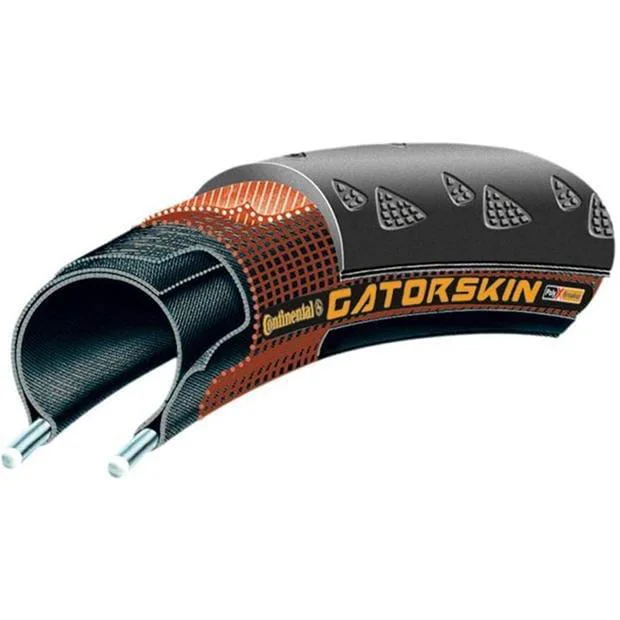
- Pros:
- Cost-effective. They are cheaper and last longer than folding ones.
- Durability. The rubber compound is usually harder and lasts longer.
- Greater resistance to punctures.
- Cons:
- They are heavier because of the steel cord, hard rubber and low TPI casing.
- They cannot be bent.
- Poorer grip and higher rolling resistance due to hard rubber and low TPI.
- More complicated to install than folding beads.
Folding bead
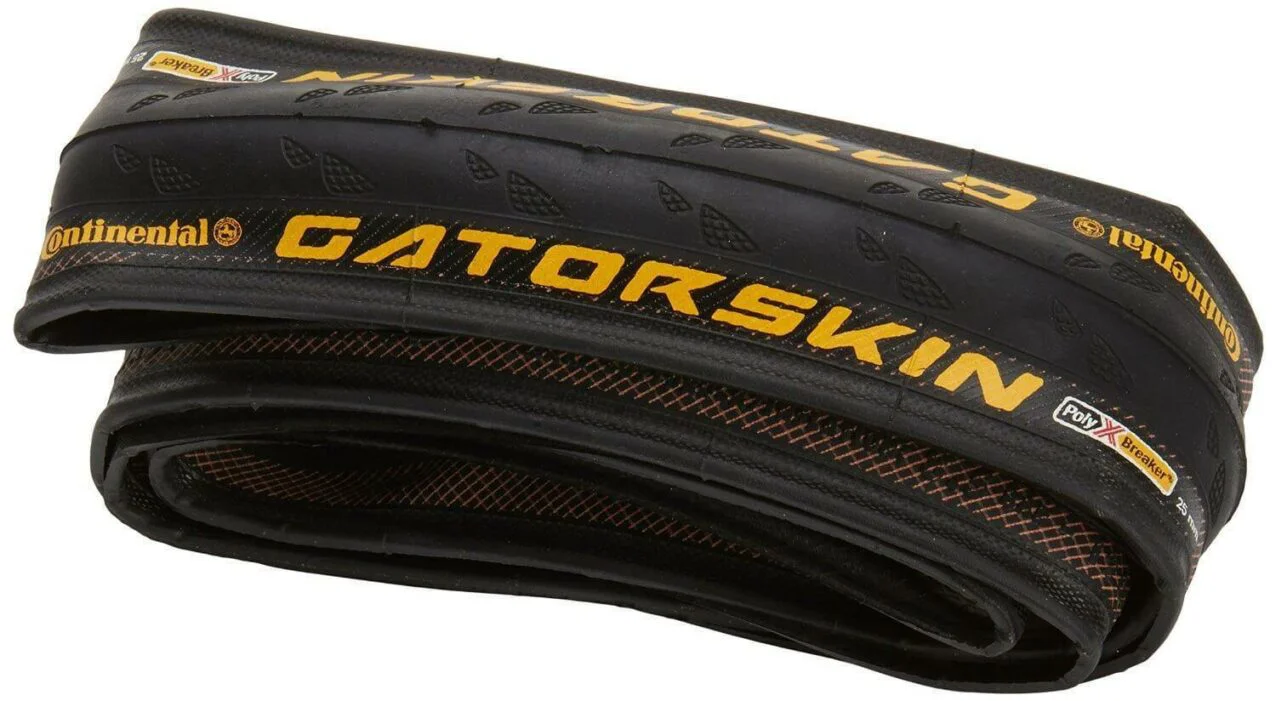
- Pros:
- They can be easily folded and transported.
- Better rubber quality. High TPI casings.
- High TPI + soft tires = less rolling resistance and more grip.
- Lighter due to Kevlar cord, high TPI casing and less rubber.
- Easy installation.
- Cons:
- Soft rubbers wear out faster.
- The higher the TPI, the lower the resistance to punctures.
- Price. They are more expensive, last less and puncture more than wire beads.
What is TPI for bike tires and why is it important?
TPI is the acronym for Threads Per Inch and refers to the number of threads the casing shell has in one inch. Originally, cotton was used because of its flexibility (it still is in some tubulars), but today nylon, kevlar and aramid are most common.
The higher the TPI of the casing, the higher-quality and the more expensive the casing as it has more and finer threads per inch, and less rubber. This reduces weight, improves the flexibility of the tire and makes it faster. On the other hand, such a tire also has lower puncture resistance and wears out faster.
Low-TPI tires have casings with fewer, thicker threads and more rubber. They are less flexible, heavier and have higher rolling resistance. On the plus side: they are cheaper and more puncture-resistant.
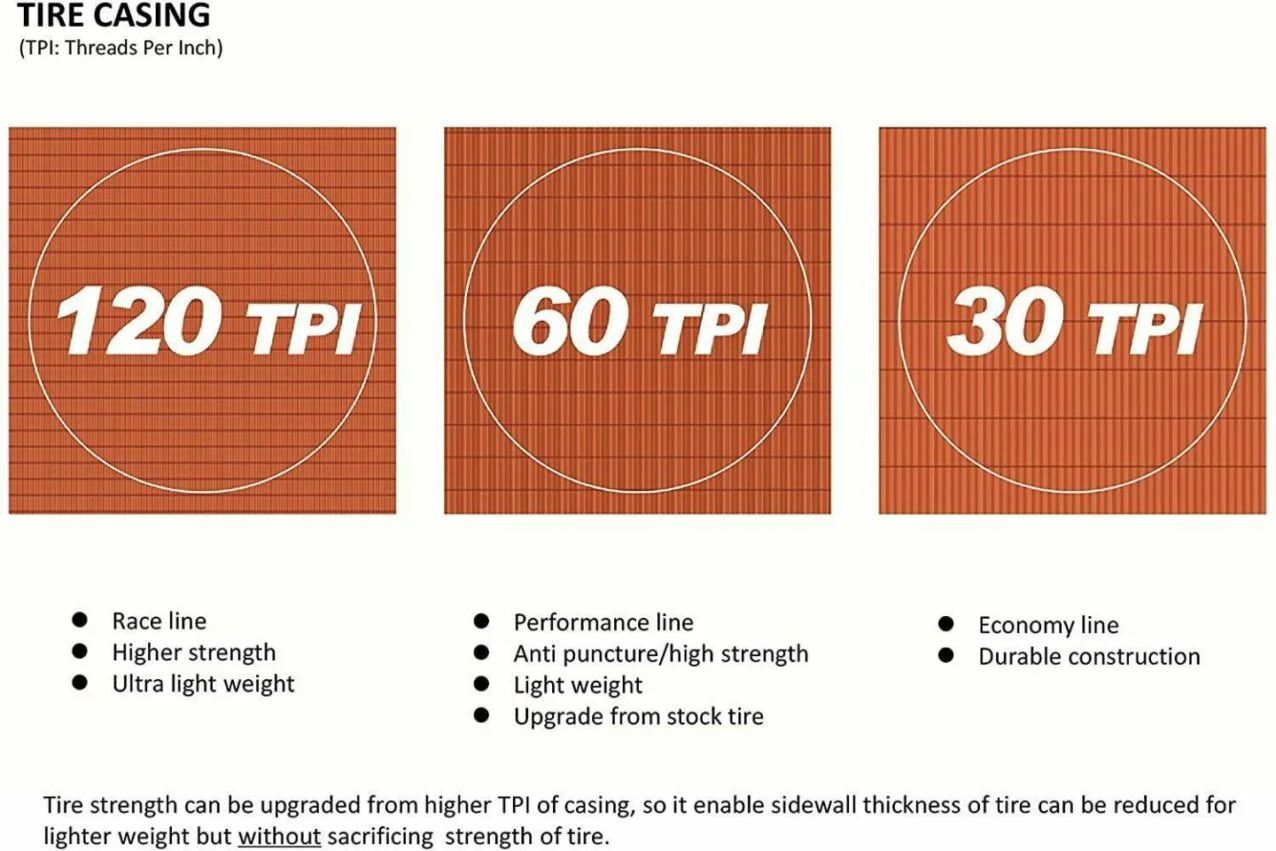
TPI is important when choosing a tire. Always look for a balance between speed, lightness and puncture resistance, but depending on the terrain you ride on or the way you use the tire, you will have to prioritize one of the three features.
Most common tire widths
The most common width is 25 mm. Until recently, 23 mm (or even less) tires or tubulars with high pressure were the standard as they were considered faster.
Research has shown that wider tires with less pressure are faster because they are more flexible, adapt better to the terrain and reduce vertical movement. In addition, the contact patch is shorter and wider, reducing rolling resistance. For the vast majority of cyclists the improvement is negligible and is lost without proper tires, but for professionals it is what we know as a marginal gain.
On very bumpy terrain or when we are looking for more grip without losing comfort, safety and speed, 28 mm or even 30 mm tires work better because you can ride with less pressure without getting a flat tire, especially if you’re using tubeless.
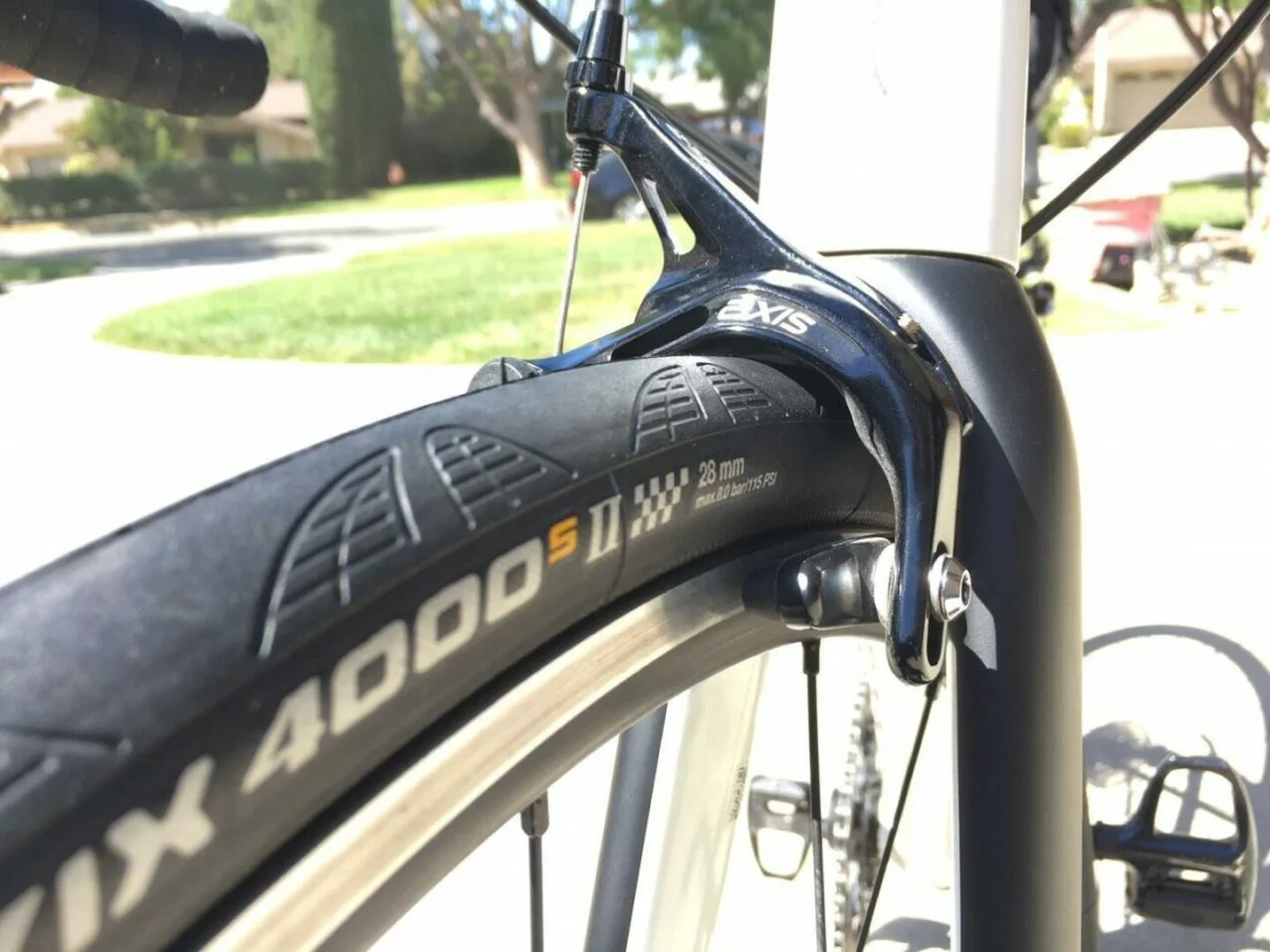
BEWARE! Not all bikes will work with tires wider than 28 mm. Before buying wider tires, make sure you can fit them on your rims and that your frame has enough clearance for them to fit without rubbing. If you have rim brakes, make sure you get enough clearance in the brake calipers. The same goes for fenders. There’s no point in wearing more comfortable shoes if they are too big.

Finally, you might notice that the rolling direction is indicated by an arrow on the sidewall of many tires. If the tire is smooth, without pattern, and/or has no indication, you can ride it in both directions.
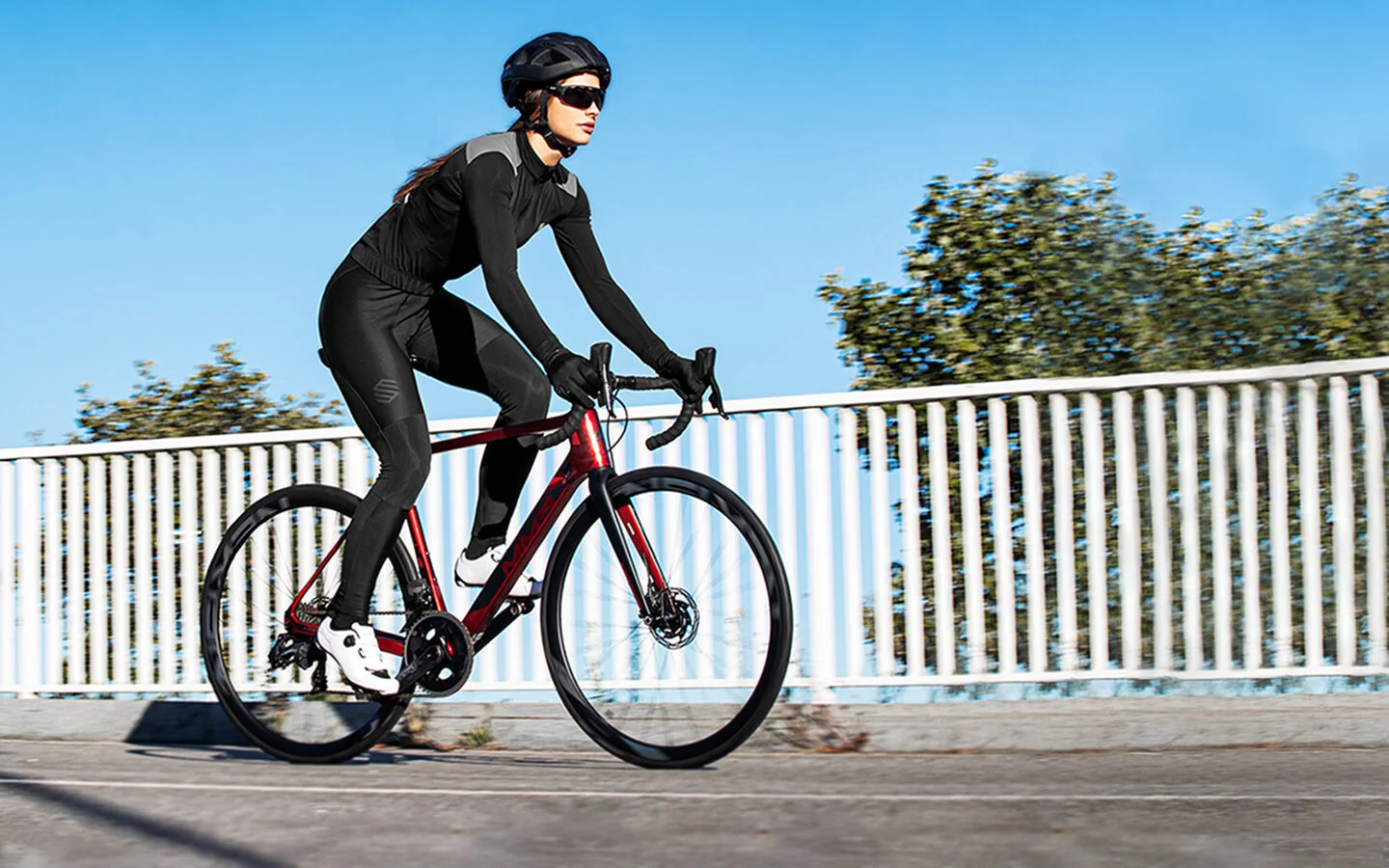




Hi very informative and detailed…thanks
Hello David,
We are glad you liked it. In future articles you will find more information about MTB and Gravel tyres, in case you are interested.
Stay tuned!